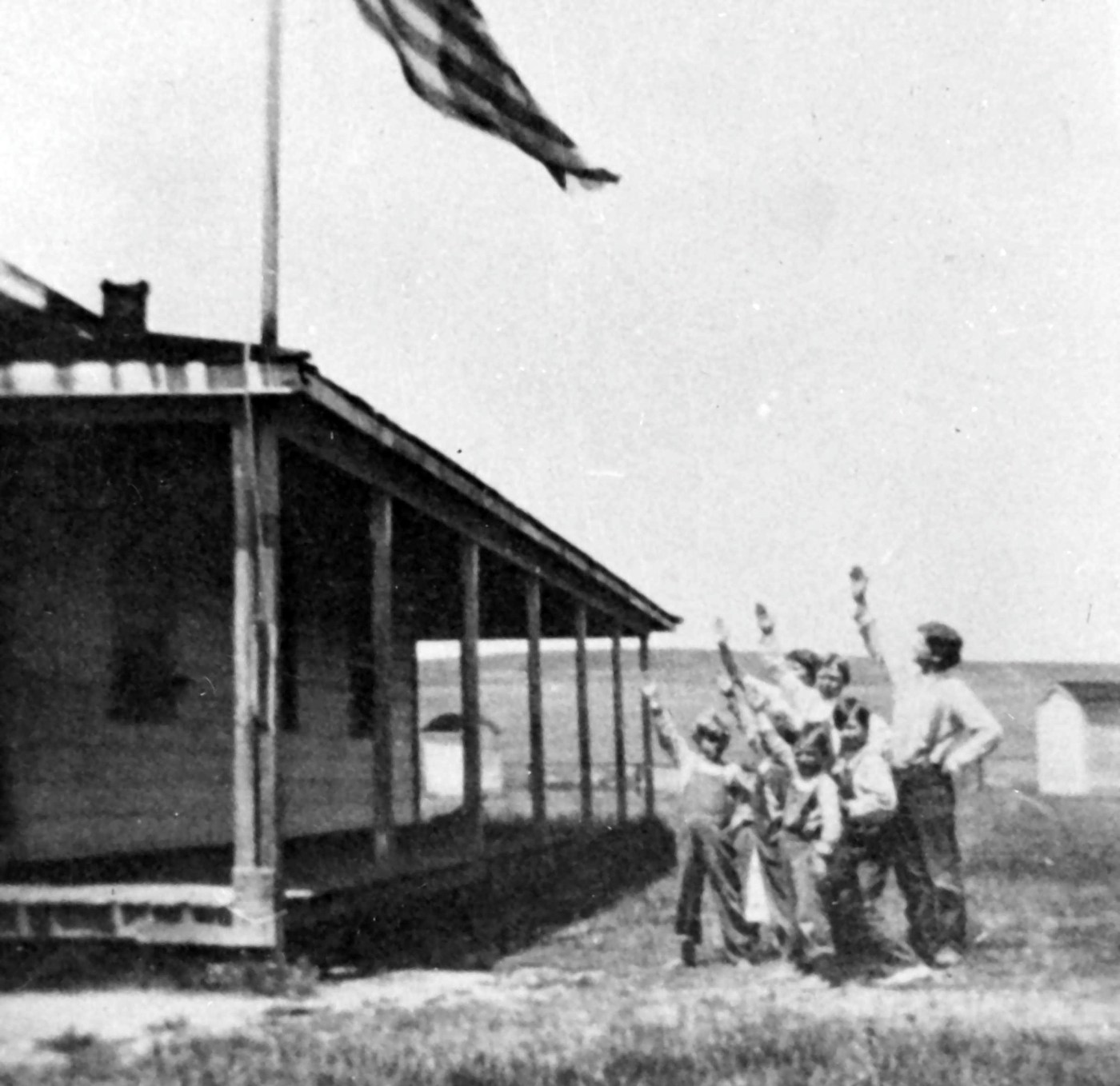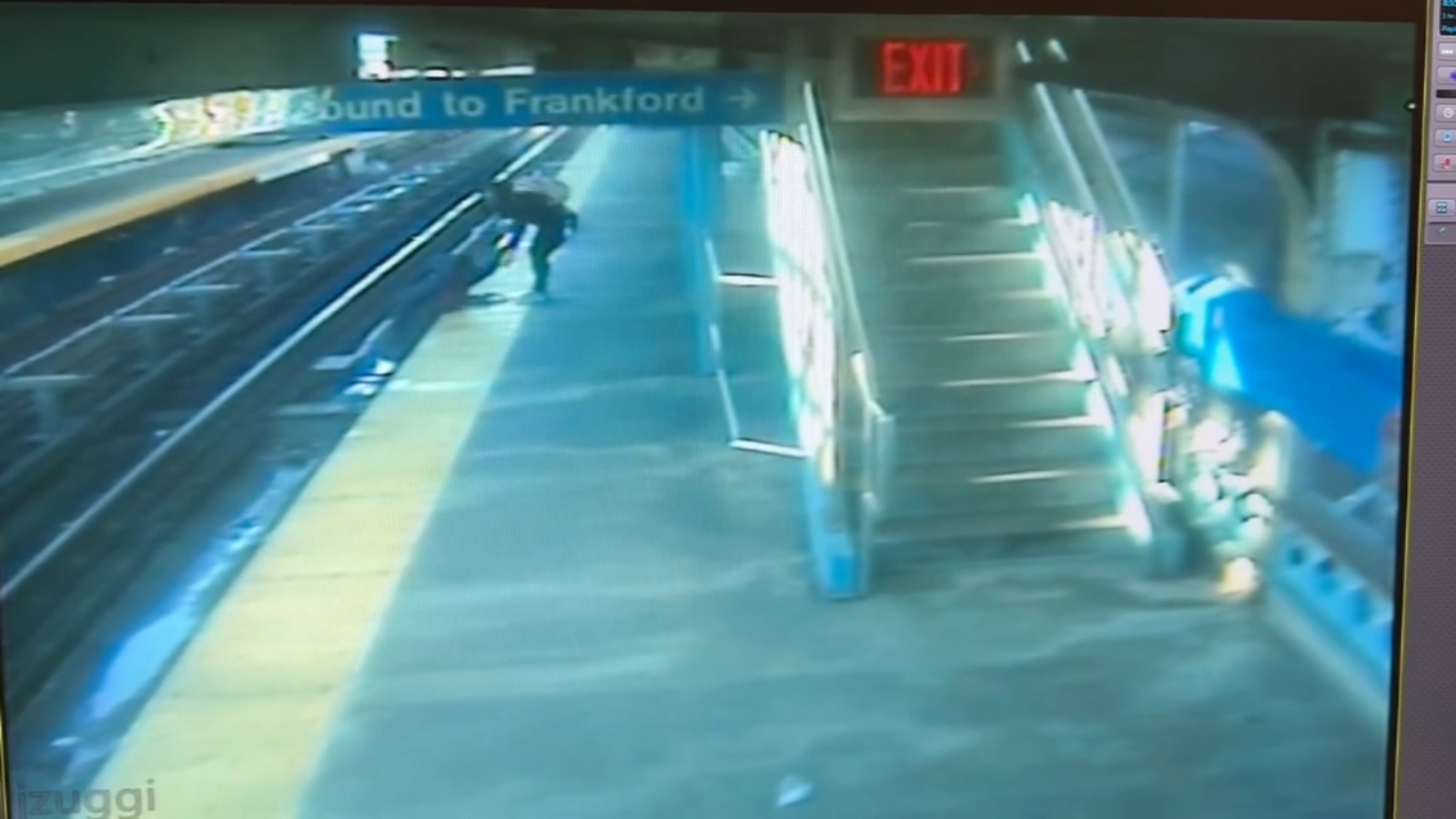BREAKING: Newly uncovered records from the late 1920s to mid-1930s provide a rare glimpse into the lives of elementary school students in the Corning area. These ledgers, discovered in Tehama, include detailed accounts of students from first to eighth grades, revealing both academic achievements and personal remarks from teachers.
The ledgers, which date from 1920 to 1935, contain not only names and addresses but also insightful comments about the students’ social behaviors and unique qualities. For example, one entry notes, “Evelyn is timid and slow, but tries hard,” while another states, “Thomas is temperamental, spoiled, unable to concentrate.” The records highlight how education during this era often prioritized social dynamics over strict academic performance.
The remarks section offers an emotional connection to the past, showcasing how educators viewed their students. One teacher affectionately remarked about Joyce, describing her as an “outstanding leader in academic work” with a “lovely disposition.” However, others faced more critical evaluations; for instance, Jean was labeled “very lazy” and unwilling to apply herself.
Notably, the ledgers reveal how students were often passed to higher grades despite not meeting academic standards, primarily to keep them with their peers. This practice underscores a significant shift in educational philosophy that continues to resonate today.
In an intriguing historical context, the records also feature a photograph of students at Elkhorn School performing the Bellamy Salute—a salute created in 1892 during the recitation of the Pledge of Allegiance. This gesture, intended to express patriotism, was later modified in 1942 due to its resemblance to the Nazi salute.
In addition to academic records, personal anecdotes enrich the narrative. Local resident John Bedford recounted humorous school memories, including a time he and his friends were caught smoking in their barn. When confronted by their teacher, one boy cleverly claimed they were smoking horse manure, prompting laughter and disbelief.
These records not only provide a snapshot of educational practices nearly a century ago but also evoke a sense of nostalgia and connection to the community’s past. The stories behind these students illustrate the human experience, making the discovery a compelling piece of local history.
As interest grows, historians and community members are urged to explore these records further. The potential for revealing deeper insights into educational trends and social dynamics of the time remains significant. This developing story promises to shed light on the past while engaging the community in meaningful discussions about education and childhood experiences.
Stay tuned for more updates as researchers delve into these fascinating records, bringing to life the voices of those who walked the halls of Corning’s schools nearly a century ago.







